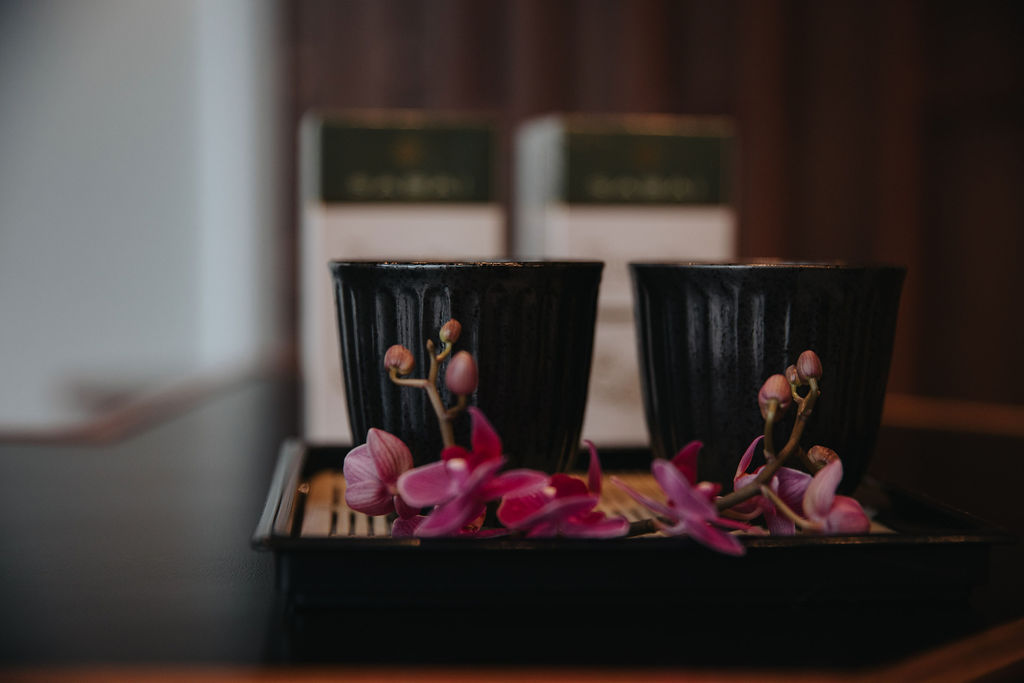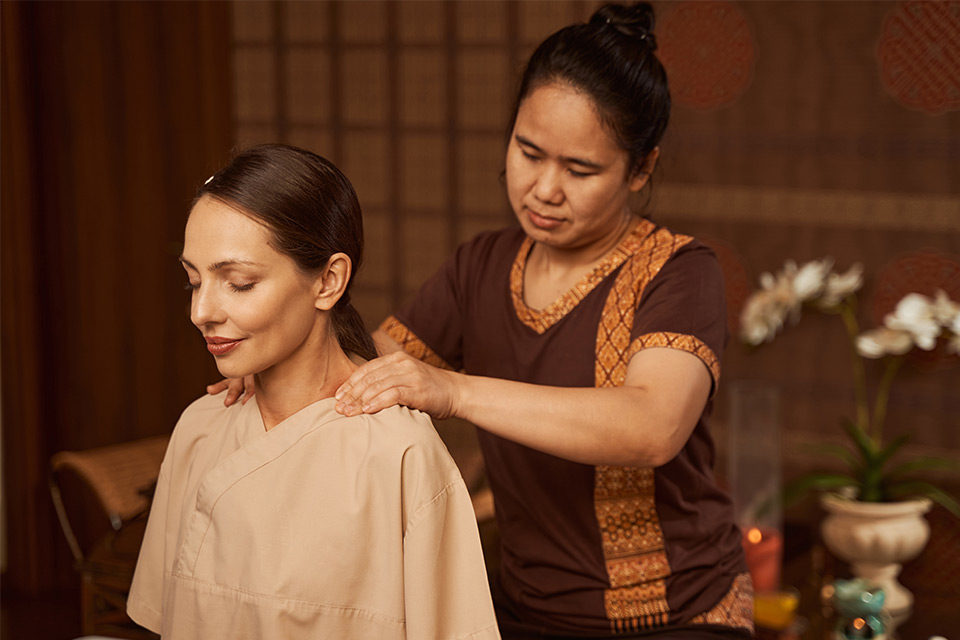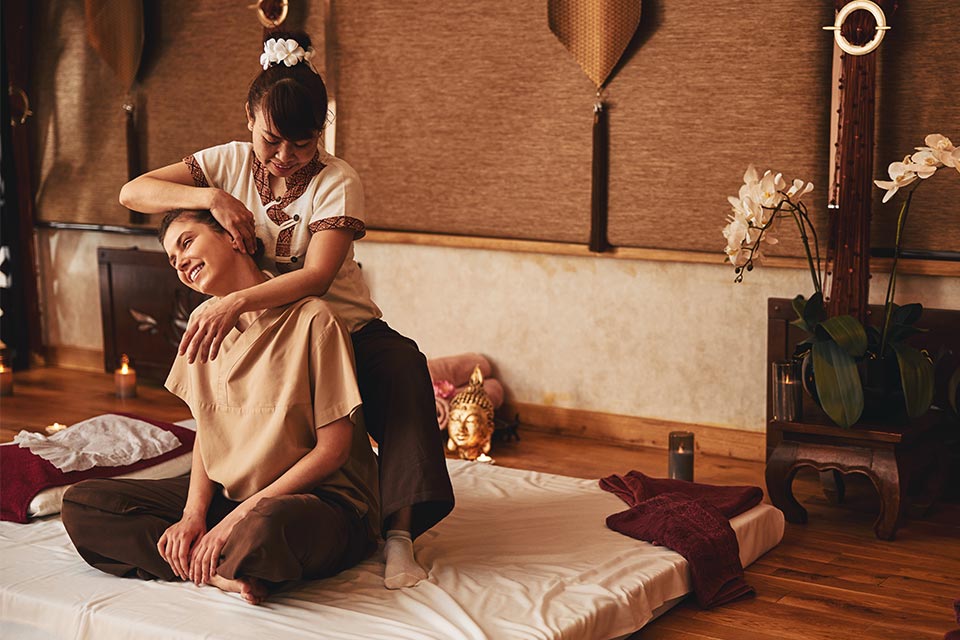Thai massage is a powerful healing technique that combines ancient wisdom with practical health benefits. This guide explores the rich history of Thai massage, its unique features, and its numerous advantages for physical and mental well-being. Whether you’re a first-time recipient or a regular enthusiast, understanding the depth of Thai massage can enhance your appreciation for this therapeutic art.
History of Thai Massage
Thai massage, or “Nuad Boran,” originated over 2,500 years ago in ancient India. It was developed by Jivaka Komarabhacca, a physician who treated the Buddha. The practice spread to Thailand with Buddhism, blending Indian Ayurvedic principles, Chinese medicine, and Thai healing methods.
For centuries, techniques were passed down orally, leading to regional variations. In the 19th century, King Rama III documented Thai massage techniques at Wat Pho temple in Bangkok. After a decline in the early 20th century due to Western medicine, Thai massage experienced a revival in the 1960s. Today, it’s practiced worldwide, with efforts to preserve and promote this ancient healing tradition.
How Is Thai Massage Different From Other Forms of Massage?
Thai massage is unique in several ways. Understanding these differences can help us appreciate its distinctive benefits.
Clothing Stays On
Unlike many Western massage techniques, where the recipient disrobes, Thai massage is performed with the client fully clothed. This ensures comfort and allows for various stretching and movement techniques.
No Massage Table
Traditional Thai massage takes place on a padded mat on the floor. This setup gives the practitioner greater flexibility in applying techniques and allows for more dynamic body positioning.
Active Participation
While many forms of massage involve passive relaxation, Thai massage encourages active participation from the recipient. The therapist guides the client through various yoga-like stretches, promoting flexibility and energy flow.
Energy Line Work
Thai massage focuses on manipulating the body’s sen lines, similar to the meridians in Chinese medicine or the nadis in yoga. This energy-based approach sets it apart from purely physical massage techniques.
Use of Multiple Body Parts
Thai massage practitioners use their hands, elbows, knees, and feet to pressure and manipulate the body. This full-body approach allows for a more comprehensive treatment.
Rhythmic Compression
The technique often involves rhythmic pressing and stretching of the entire body, creating a dance-like flow that distinguishes it from the static nature of some other massage forms.
Holistic Approach
Thai massage treats the person as a whole – body, mind, and spirit. This holistic philosophy aligns with traditional Thai medicine’s view of health and wellness.
Benefits of Thai Massage
The unique approach of Thai massage yields a wide array of benefits, impacting both physical and mental well-being. Let’s explore these advantages in detail.
- Stretching techniques significantly improve the range of motion, which is especially beneficial for those with stiff muscles or limited mobility.
- Rhythmic compressions and stretches stimulate blood flow, promoting better circulation and tissue oxygenation.
- Through muscle and energy line manipulation, it is effective in alleviating chronic pain conditions such as lower back pain, arthritis, and headaches.
- Works on muscle tension and alignment, reducing the risk of back, neck, and joint problems.
- Clears energy blockages, leaving recipients feeling revitalized and energized.
- Athletes benefit from increased flexibility, reduced muscle tension, and improved recovery time.
- The rhythmic nature and focus on breathing significantly reduce stress levels and promote relaxation.
- Many report better sleep after sessions, likely due to stress reduction and muscle relaxation.
- The meditative aspect helps clear the mind, improve focus, and enhance overall mental acuity.
- Contributes to improved mood and emotional well-being through relaxation and stress reduction.
- Regular sessions may enhance the immune system by stimulating lymph flow and reducing stress.
- Abdominal massage techniques can help improve digestion and relieve constipation.
When is Thai Massage Not Suitable?
While Thai massage offers numerous benefits, it’s important to recognize that it may not suit everyone. Understanding the potential risks and contraindications is crucial for ensuring a safe and beneficial experience.
Contraindications
Thai massage may not be appropriate for individuals with:
- Recent surgeries or injuries: The intense pressure and stretching may interfere with healing processes or exacerbate existing injuries. Wait at least 6-8 weeks post-surgery or until cleared by a doctor.
- Osteoporosis or brittle bones: The deep pressure and stretching techniques in Thai massage increase the risk of fractures.
- Blood clotting disorders: Individuals on blood thinners or with conditions like hemophilia may be at risk of excessive bruising or internal bleeding.
- Pregnancy: Especially in the first trimester, certain pressure points and positions used in Thai massage could potentially harm the fetus. Always consult with a healthcare provider before getting a massage during pregnancy.
- Severe heart conditions: The physical nature of Thai massage may put undue stress on the cardiovascular system. Those with heart conditions should consult their cardiologist before receiving treatment.
- Acute infections or fever: Massage can potentially spread infections throughout the body and may increase discomfort when feverish.
- Skin conditions or open wounds: Thai massage involves close physical contact, which could exacerbate skin conditions or introduce infections to open wounds.
- Uncontrolled high blood pressure: The pressure and movement involved in Thai massage could potentially cause dangerous spikes in blood pressure.
- Recent strokes: Individuals recovering from strokes should avoid Thai massage until cleared by their healthcare provider, as it may affect blood flow to the brain.
- Severe osteoarthritis or rheumatoid arthritis: Intense stretching and manipulation of joints may cause pain or further damage in severe cases.
- Active cancer: While some gentle massage may benefit cancer patients, Thai massage’s intensity may not be suitable. Always consult with an oncologist first.
- Severe varicose veins: The massage pressure could damage fragile veins or cause blood clots.
It’s important to always consult with a healthcare professional before receiving a Thai massage, especially if you have any pre-existing health conditions. A qualified Thai massage practitioner should also conduct a thorough health screening before beginning treatment to ensure it’s safe and appropriate for each client.
Book Your Next Thai Massage At Sabai Thai Spa
Sabai Thai Spa offers an authentic Thai massage experience, blending traditional techniques with modern wellness practices. Our certified practitioners at Sabai Thai Spa Metrotown provide personalized sessions tailored to each client’s needs.
We’re committed to helping you achieve balance, relaxation, and improved health through the transformative power of Thai massage. Experience the benefits of this ancient healing art in our tranquil, professional setting.
At Sabai Thai Spa, you’ll find authentic Thai massage techniques performed by certified, experienced practitioners. We focus on personalized treatments and holistic wellness, all conveniently located in Metrotown. Visit Sabai Thai Spa Metrotown to embark on your journey to wellness through Thai massage.




